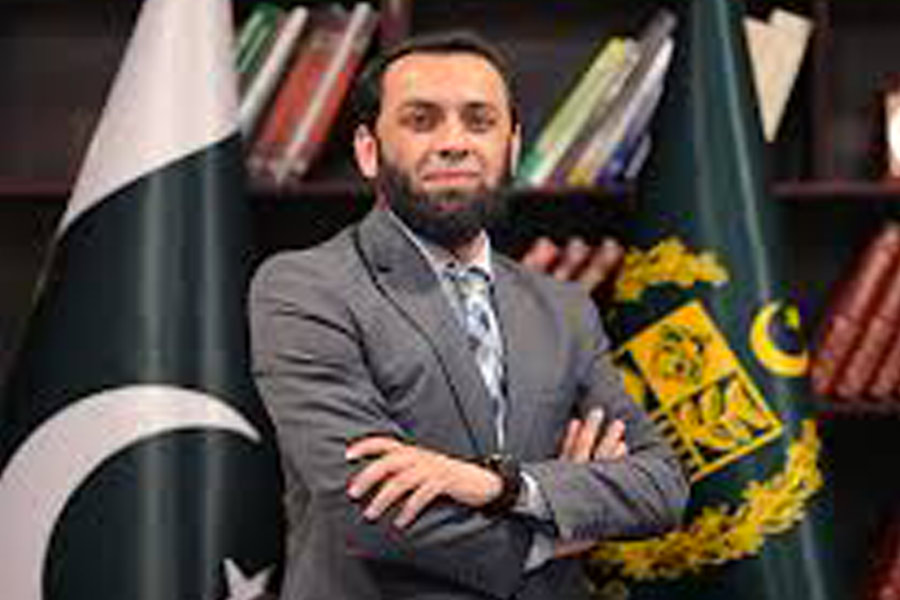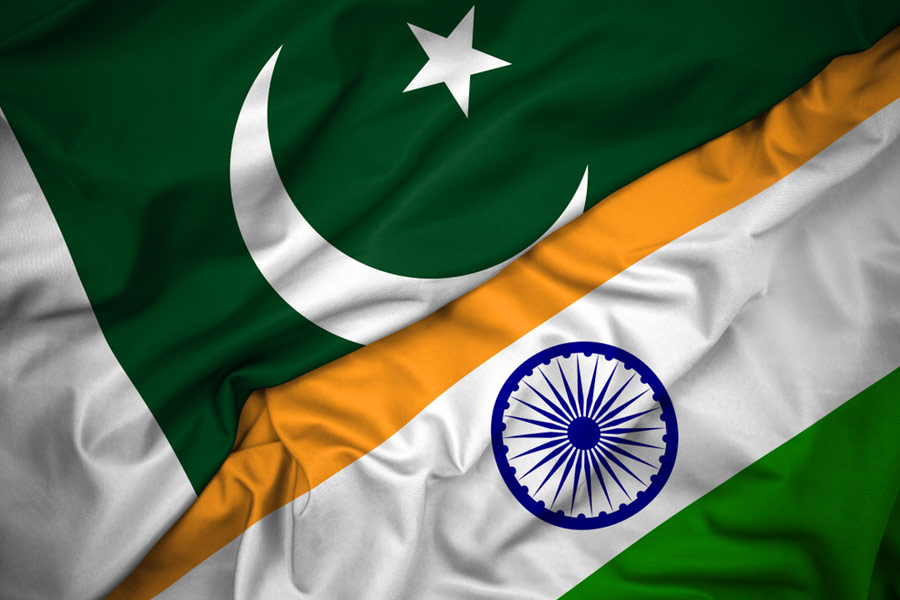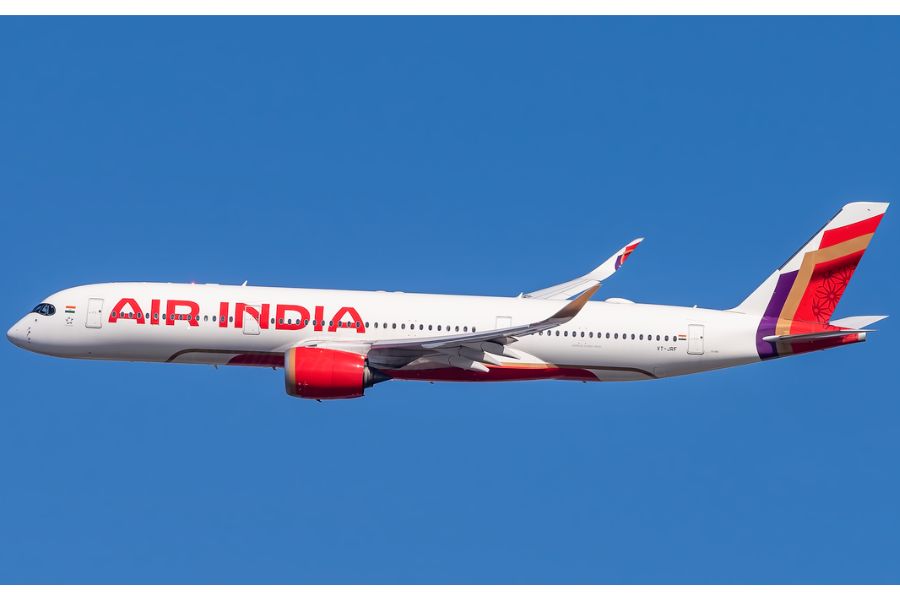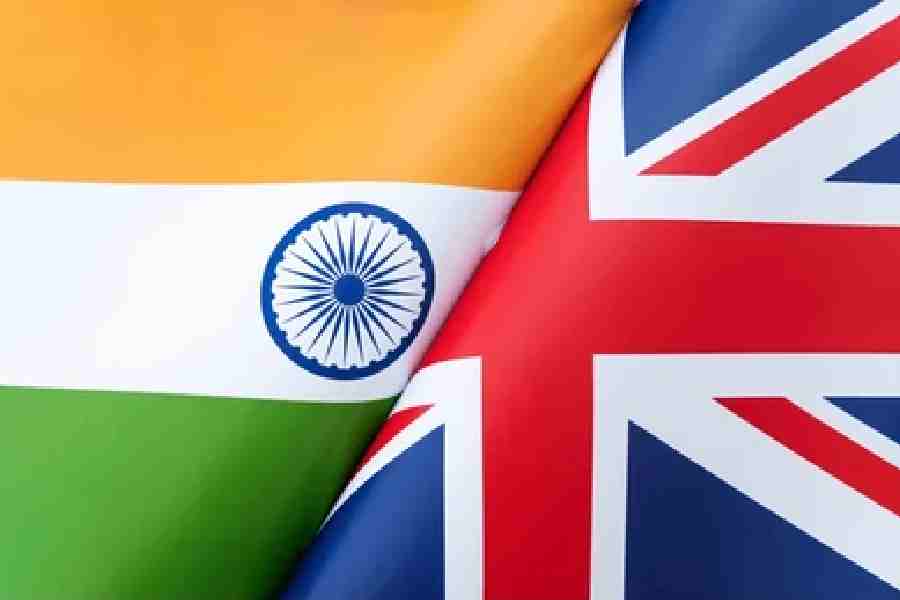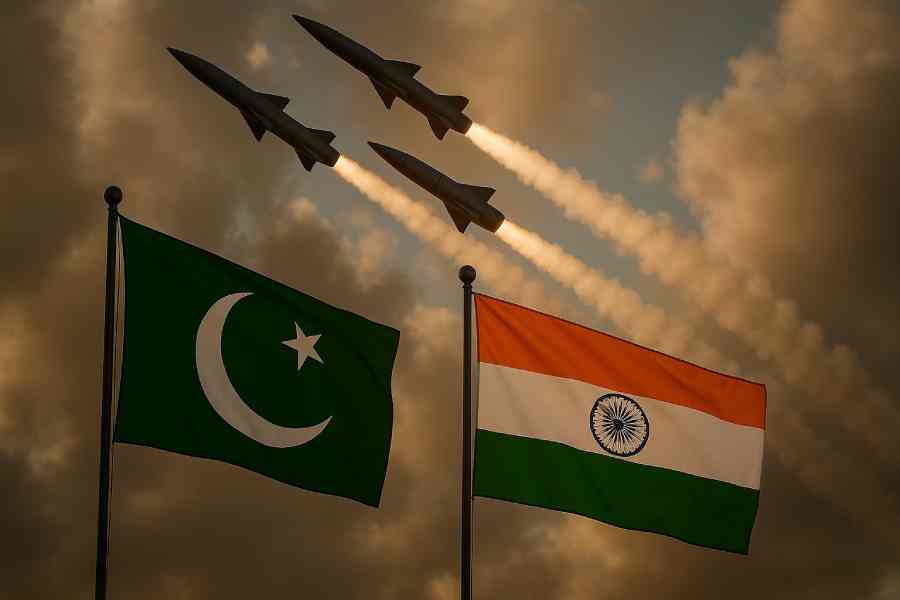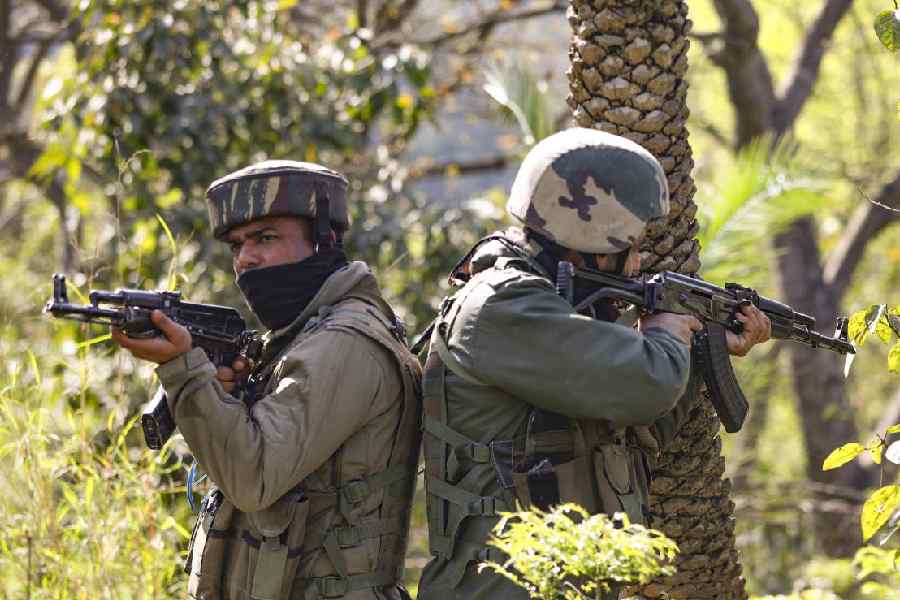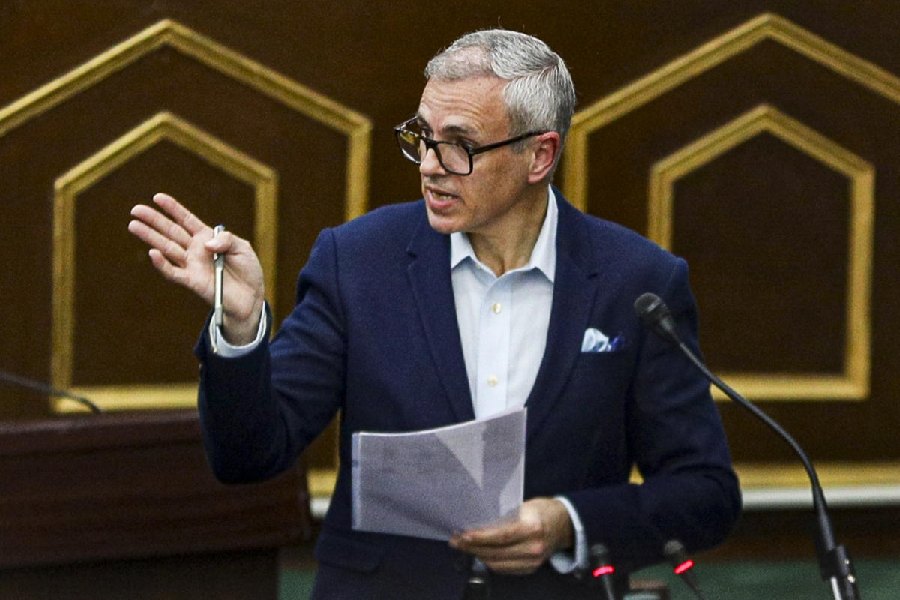 |
| King Gyanendra |
Kathmandu, Sept. 9: After dismissing the democratically elected government of Sher Bahadur Deuba on October 4, 2002, on the ground of incompetence, King Gyanendra himself has not measured up to the task of ruling Nepal. He has neither managed to provide good governance nor brokered peace with the seven-year-old Maoist insurgency.
The two governments appointed by King Gyanendra and headed by monarchist front-men of the panchayat era of controlled democracy have proved to be weak and incompetent. The government of Lokendra Bahadur Chand had to resign under pressure from the king on May 30, 2003, after eight months in power.
The Chand government tried to negotiate with the Maoists but it was clear that no deal could be struck between the two sides that was not underwritten by the mainstream political parties. The Chand government had to be dismissed when it agreed to the Maoist demand of limiting the movement of the Royal Nepal Army to a 5 km radius of their camps.
The king then indicated that he was ready to form an all-party government. However, desirous of continuing his control over the government, he once again chose a palace loyalist acceptable to India, Surya Bahadur Thapa, as the new Prime Minister. Like Chand, Thapa also came from the Rashtriya Prajatantra Party, a party fronting for the monarchy. He had served as Prime Minister three times during the panchayat era (1963-64; 1965-69; 1979-83) and once after democracy was reinstated in Nepal (1997-98).
He, too, has been unable either to get the support of the political parties or move the peace process with the Maoists forward. There is every indication that the days of the Thapa government are also numbered.
Although the Nepalese political parties are normally fractious, five of them — including the two largest parties in the dissolved Parliament, the Communist Party of Nepal (United Marxist Leninist) or UML and the Nepali Congress — have come together. For the past six months, they have led a countrywide movement to protest the trampling of democracy by King Gyanendra. This was also the only way they could keep their party structures at local levels intact in view of the double onslaught from the Maoists and the palace.
On September 4, they had planned to lay siege to King Gyanendra’s palace in Kathmandu in a bid to pressure him to restore democracy. The king himself was away in London for a medical check-up.
Barely three days before the mass agitation was to take place, the ambassadors of the US, UK and India sought to defuse the crisis. They went to meet the president of the Nepali Congress, Girija Prasad Koirala. It is septuagenarian Koirala who has virtually galvanised the Nepali countryside through hundreds of mass meetings against the undemocratic rule of King Gyanendra. In the process, he has also managed to rehabilitate himself and his party, the Nepali Congress, discredited for its misrule for the better part of the last 12 years of democracy.
The message of the foreign envoys, according to Nepali Congress sources, was the same: If Koirala and the five-party coalition brought thousands of people to Kathmandu, they would consider it an irresponsible political act on their part. The diplomats told Koirala that there was every danger of the Maoists taking over the movement and that if the agitating political parties could not convince the security agencies and Prime Minister Thapa that the movement would be entirely non-violent, they should call it off.
Koirala was advised that the alliance should make a conciliatory gesture towards the king so that the political space could be opened up.
The American and British ambassadors assured him that they in turn would impress upon the king the necessity of reviving parliament for a short while so that an all-party government could be formed. This government could then restart the peace process with the Maoists.
The Indian ambassador met Koirala separately on September 1, a day after he had met the US and British envoys. The Indian message was also the same except that New Delhi, according to sources, did not want the movement for reinstating democracy to be called off completely. India instead wanted the parties to ensure that the movement remained peaceful and remained within their control. This was in keeping with the Indian position of supporting constitutional monarchy and multi-party democracy in Nepal.
As a consequence, the five-party alliance decided on September 2 to change the agitation from being Kathmandu-centred to a decentralised one with party activists courting arrests in the districts. A programme of courting arrest daily in the capital was also chalked out.
Through international intervention then, a confrontation between the people and the king was averted.
Although the agitation launched by the political parties is continuing all over Nepal, there is a sense of euphoria in the political circles in Kathmandu. The expectation is that on his return from London on September 10, King Gyanendra may initiate the formation of an all-party government.
The immediate reason for the euphoria is the return from London of Prabhakar Shamsher Rana, King Gyanendra’s former business partner.
Rumours are rife that the king has indicated to Rana that he wants to reconcile his differences with the political parties. This is what necessity would dictate. But it remains to be seen whether an ambitious but bungling king can get himself to follow the logical path. This would not only be a step towards peace but would also help ensure the longevity of the Shah dynasty that has ruled the Himalayan kingdom for 260 years.


